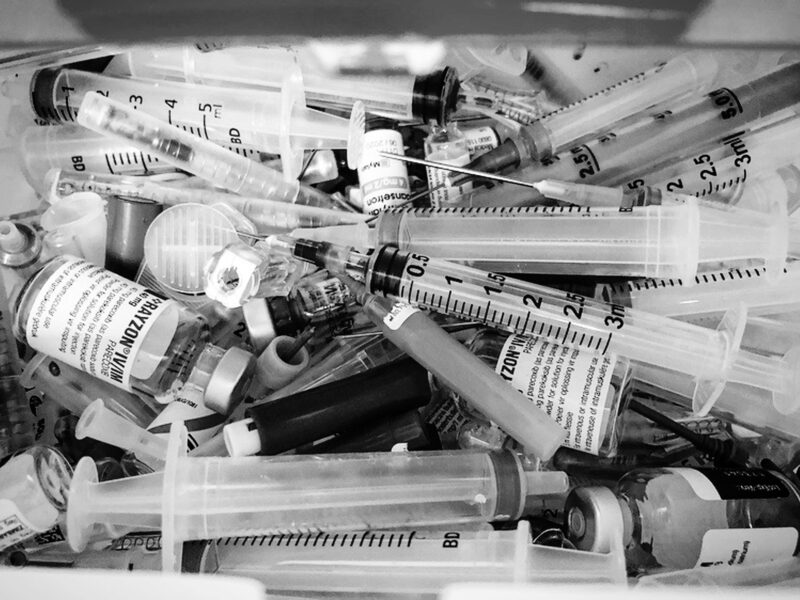Density and concentration are essential properties in various scientific and industrial fields, from chemistry and physics to medicine and environmental science. Different systems of measurement, such as the English system and the Metric system, offer distinct units and conventions for measuring density and concentration. In this article, we will explore the intricacies of measuring density and concentration in both systems and discuss their similarities and differences.
Let’s begin by examining the units of measurement in the English system. In this system, density is commonly measured using pounds per cubic inch (lb/in³) or pounds per gallon (lb/gal). For example, the density of a substance with a mass of 5 pounds and a volume of 2 cubic inches would be expressed as 5 lb ÷ 2 in³ = 2.5 lb/in³. Similarly, the density of a liquid with a mass of 10 pounds and a volume of 2 gallons would be expressed as 10 lb ÷ 2 gal = 5 lb/gal.
In the Metric system, density is typically measured using kilograms per cubic meter (kg/m³) as the primary unit. For example, the density of a substance with a mass of 10 kilograms and a volume of 5 cubic meters would be expressed as 10 kg ÷ 5 m³ = 2 kg/m³. The Metric system also employs other units for density, such as grams per milliliter (g/mL) or kilograms per liter (kg/L), which are commonly used in liquid measurements.
To convert between units of density in the English and Metric systems, specific conversion factors must be used. For example, 1 pound per cubic inch is approximately equal to 27.68 kilograms per cubic meter. Therefore, to convert pounds per cubic inch to kilograms per cubic meter, one must multiply the value in pounds per cubic inch by 27.68. Conversely, to convert kilograms per cubic meter to pounds per cubic inch, one must divide the value in kilograms per cubic meter by 27.68.
Concentration, on the other hand, refers to the amount of a solute present in a given amount of solvent or solution. In the English system, concentration is often measured using percentages or parts per million (ppm). For example, a solution with 10 grams of solute dissolved in 100 grams of solvent would have a concentration of 10%. Similarly, if a water sample contains 2 milligrams of a pollutant in every liter of water, its concentration would be expressed as 2 ppm.
In the Metric system, concentration is typically measured using mass per volume units, such as milligrams per liter (mg/L) or grams per liter (g/L). For example, a solution with 50 milligrams of solute dissolved in 1 liter of solvent would have a concentration of 50 mg/L. The Metric system also employs other units, such as molarity (moles per liter), which is commonly used in chemistry and molecular biology.
To convert between units of concentration in the English and Metric systems, specific conversion factors must be used. For example, 1 ppm is equal to 1 milligram per liter (mg/L) or 1 microgram per milliliter (µg/mL). Therefore, to convert ppm to mg/L or µg/mL, one must simply multiply the value in ppm by the conversion factor. Similarly, to convert mg/L or µg/mL to ppm, one must divide the value in mg/L or µg/mL by the conversion factor.
While both systems offer units for measuring density and concentration, the Metric system’s use of base units, such as kilograms per cubic meter for density and moles per liter for molarity, offers certain advantages. The use of base units simplifies calculations and allows for a consistent approach to measurements across different fields and applications. Additionally, the Metric system’s use of decimal-based prefixes, such as milli-, centi-, and kilo-, facilitates easy expression of density and concentration values across a wide range of magnitudes.
In contrast, the English system’s use of different units and conversion factors for density and concentration can lead to complexities in measurement and conversion. For instance, when working with different substances, it is common to encounter units such as pounds per gallon, pounds per cubic foot, and pounds per barrel, which require specific conversion factors to express values consistently.
In recent years, there has been a global push towards adopting the Metric system as the standard measurement system, including for density and concentration measurements. Most countries have already transitioned to using kilograms per cubic meter and moles per liter as the primary units for density and molarity, respectively, in scientific research, industrial applications, and international standards. This shift promotes international standardization, efficient communication, and unified understanding across borders.
In conclusion, measuring density and concentration in the English and Metric systems involves the use of different units and conventions. The English system uses units such as pounds per cubic inch and pounds per gallon for density, while the Metric system employs kilograms per cubic meter as the primary unit. For concentration measurements, the English system often uses percentages and parts per million, while the Metric system uses mass per volume units, such as milligrams per liter and grams per liter. The Metric system’s use of base units and decimal-based prefixes offers advantages in terms of simplicity, consistency, and alignment with scientific standards. Understanding these differences is crucial for accurate measurements, effective communication, and global cooperation in various scientific, industrial, and environmental fields.


